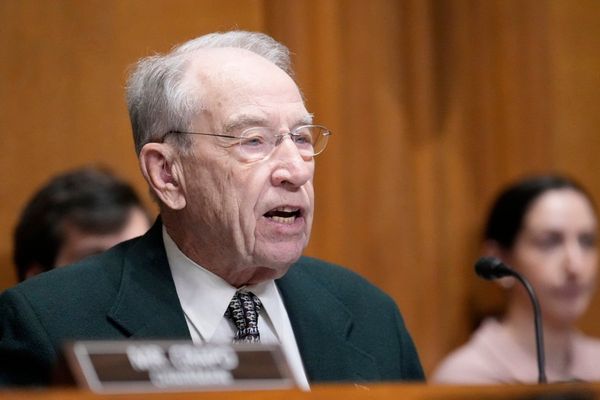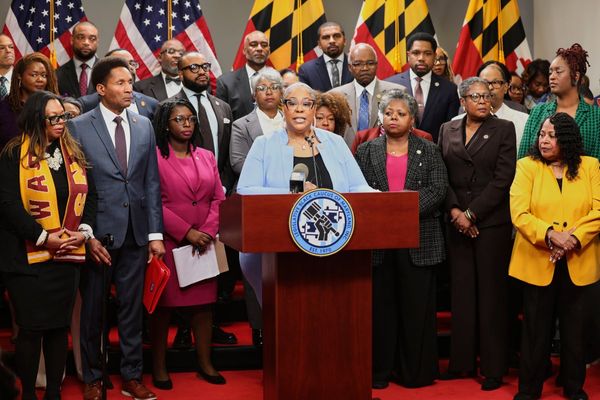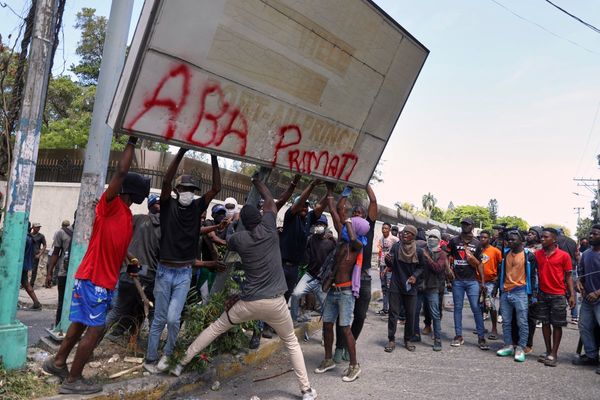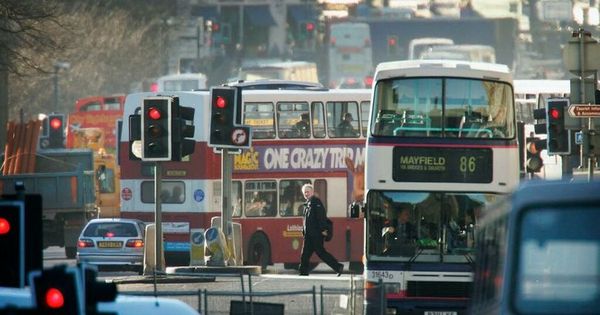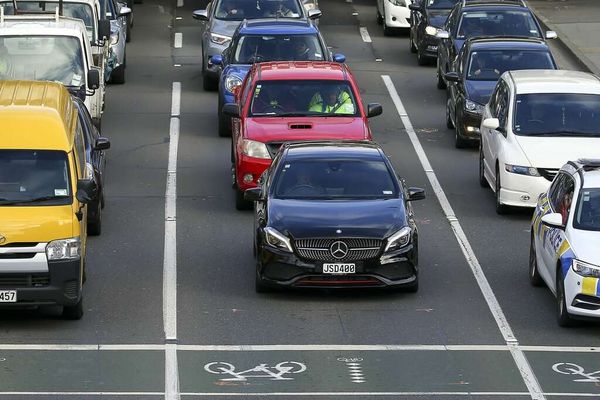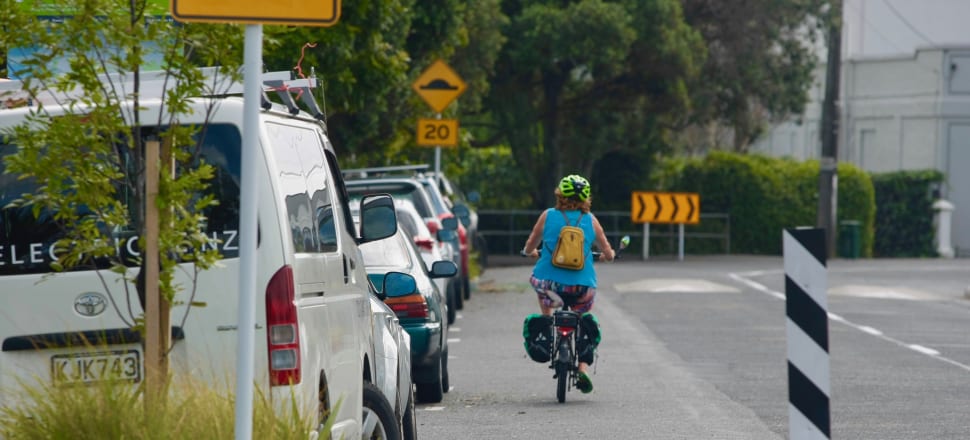
New documents reveal how the Government plans to spend its $375 million mode shift fund to get people out of cars, Marc Daalder reports
As much as $150 million could be spent to turn streets and car parking into 150 kilometres of new cycleways in big cities and regional towns, a document released under the Official Information Act reveals.
Dated April 29, the briefing to Transport Minister Michael Wood details how the Government's $375 million fund to get people out of cars could be spent. That includes $120-$150m for cycleways, $80-100m to create walkable neighbourhoods, and $50-70m each for safer school travel and bus stop upgrades around the country.
The Transport Choices fund was announced ahead of the Budget in May, as part of the Emissions Reduction Plan.
"There is strong public support in our biggest cities to move quickly on opening up streets for safe walking and cycleways and improving the frequency and reliability of public transport services. This helps to unclog our streets, allowing goods and services to move around more efficiently, supporting greater productivity and building our country’s economic prosperity," Wood said at the time.
Now, in an interview with Newsroom, he emphasises the fund will be targeted at changes that can be made quickly. The specific projects to be funded are still being evaluated by Waka Kotahi and while Wood doesn't expect to get that advice until late September or early October, the first works should be completed in less than a year.
In other words, by the time voters go to the polls next year, the first bus stops and cycleways ought to already be in use. "I certainly think we'll be underway by that point. We won't be finished, but I expect we'll be underway," Wood says.
Reshaping streets
The cycleway funding is aimed specifically at reallocating road space currently used by cars to bicycles.
"A focus on low-cost, protected on-street facilities through road space reallocation can dramatically reduce the cost of cycleways to around $1m per km (cf $5m/km in Auckland). This lower-cost design and additional funding allows networks to be built up to ten times faster, at considerably lower cost, than would be possible under business as usual," the April briefing stated.
This builds on regulatory changes announced by Wood last week to make it easier for councils to reallocate road space for other purposes.

"The way I look at it is our roading system should be focused on how we move people efficiently through our communities. We just need to take a really good look at actually how we do that," Wood says.
"We know that increasingly, particularly in our urban areas but actually even in our smaller towns, more people want to be able to safely walk or cycle around their communities. They certainly want their kids to be able to do that to school but often don't feel safe doing it."
A poll of New Zealanders' views on cycling by Ipsos released last week showed 56 percent of respondents thought cycling in their area was too dangerous - above the global average. But the poll also showed just 48 percent of New Zealanders thought new road infrastructure should prioritise bicycles over cars and motorcycles, below the global average of 64 percent.
Wood says he understands why there's opposition to reallocating street space.
"I think it's just a very human thing that we sometimes find change to be challenging – particularly when it's close to us," he says.
"I do then think there is a relatively small and very vocal group of people who just intrinsically and sometimes aggressively do not want there to be any change in the transport space. So, frankly, I have less time for engaging with that relatively small segment, but what I want to do is to work with the other people who might have worries but are more willing to be reasonable and consider what the options might be."
A seat and a shelter
The cycleways package will be split into two buckets – one to build more than 120 kilometres of cycleways in Auckland, Wellington and Christchurch over the next three years and one to "support the introduction and expansion of safe cycling networks in smaller urban areas" like regional towns and cities.
Alongside the cycling money, tens of millions of dollars in funding is earmarked for walkable neighbourhoods, greener school travel and public transport accessibility upgrades.
A handful of "exemplar walkable neighbourhoods" will be funded at $12 million each as part of an effort to reduce the number of short trips made by car.
The Ipsos survey found New Zealanders were the third most likely cohort to say they most often use a car to travel distances of less than two kilometres, just behind the United States and Canada and ahead of Australia and 25 other countries.
Cash from the walking initiative will also accelerate clusters of pedestrian safety improvements, including raised crossings, low-speed zones and widened footpaths, around the country.
The school travel investment is targeted at reducing the number of journeys to school by private vehicle to well below the current 55 percent.
"This figure has dramatically increased over recent decades, as a result of parental safety concerns due to the volume and speed of traffic. This means school travel is now a substantial proportion of morning and afternoon vehicle travel in urban areas," officials wrote in April.
Around 55 schools will receive trials of changes to nearby streets, including road closures at the start and end of the school day, temporary crossings and speed bumps. More permanent changes will be funded for around 90 schools and the Bikes in Schools and other school travel planning programmes will be rolled out in an additional 120 schools.
The final investment category will see new bus lanes in 40 to 60 different locations, shelters and kerb upgrades for 500 bus stops nationwide and new real-time information systems at 500 bus stops.
"The investment in bus stops is actually really important. Buses are often the unsung heroes of our public transport system - they're still 70 to 75 percent of total public transport patronage," Wood said.
"It's that basic neighbourhood-level infrastructure. Is there a seat and a shelter that I can be under if it's raining? If I'm a disabled person or a parent with a baby stroller, is the infrastructure around that bus stop and that kerbing, does it make it simple for me to get on the bus?"
Council involvement
Final decisions on the projects to be funded with the Transport Choices money aren't yet due for a few months. Wood says councils and Waka Kotahi are working together to identify the changes that can be made most swiftly, so car trips and emissions drop as quickly as possible.
The programme is designed to be flexible, so projects could be temporary trials or permanent changes, co-funded by councils or fully government-funded. As long as people are getting out of cars soon, it will be considered.
"We have deliberately set it up to be quite flexible. We want to work with councils to find what we can do that will get the benefits and is reasonably quick to stand up and can be delivered at a reasonable cost to enable the funding to go as far as possible," Wood says.
"What we have said to councils is that we do want to talk to them about whether they're able to provide co-funding. That will potentially enable us, in those areas where co-funding is available, to do more. To potentially stretch the money and get more outcomes for that community.
"But at the same time, if there are councils who at this point in time aren't able to do that, we're still wanting to look at their proposals and are open to funding fully through Transport Choices."
The Ministry of Transport told Wood in the April briefing that full funding would likely be needed for some projects.
"Due to a lack of available National Land Transport Funding (NLTF) and local share between the 2022/23-2045/25 financial years, Waka Kotahi expects in many cases that 100 percent Crown Funding may be required," officials wrote.
One principle which Waka Kotahi will enforce is additionality – the money won't go towards projects councils were already going to stand up on their own. But if the funding could allow projects to be brought forward or expanded in scope, then Wood says that could be considered. Any savings councils make due to help from Transport Choices would be expected to go towards similar projects in the future.
"It will be important that when considering the final projects for inclusion for funding, that the Crown is not simply displacing other funding sources," the April briefing stated.
"For this reason, the ministry believes it will be important to have prioritisation principles which take into consideration a council’s willingness or ability to contribute their own funding and to accelerate progress with additional funding."
